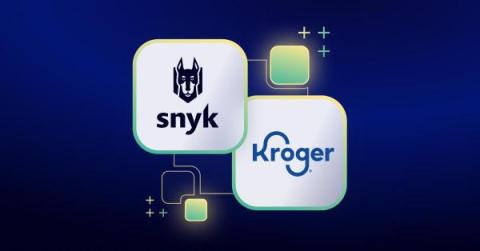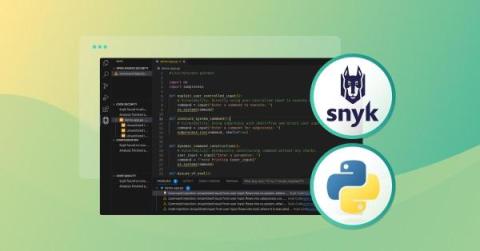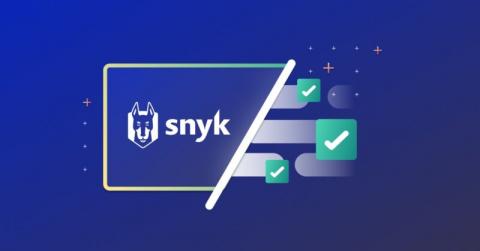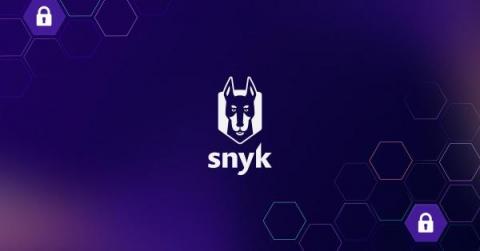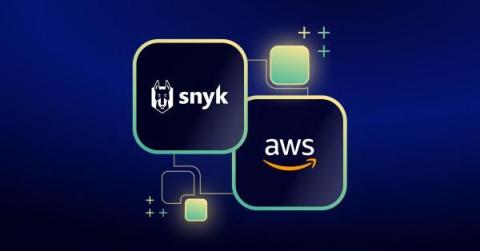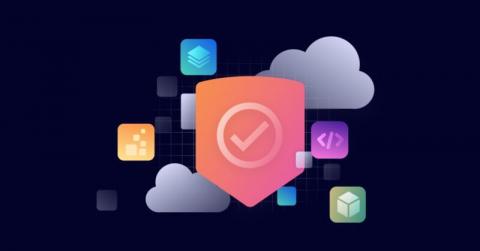Kroger's approach to supply chain security
Recently, Snyk hosted a wine tasting & customer discussion featuring David Imhoff, Product Security Leader at Kroger. The discussion focused on tackling the challenges of securing digital supply chains. Kroger is a retail giant with 2,700 stores and 400,000 employees. The organization faces unique challenges because it operates on such a massive scale, adding complexity to its software supply chain and security.


